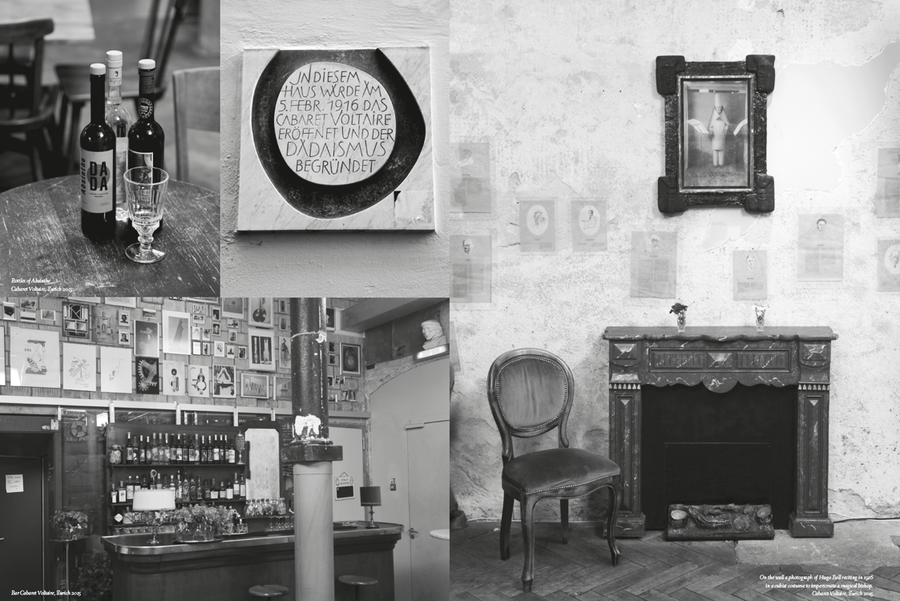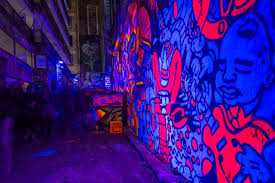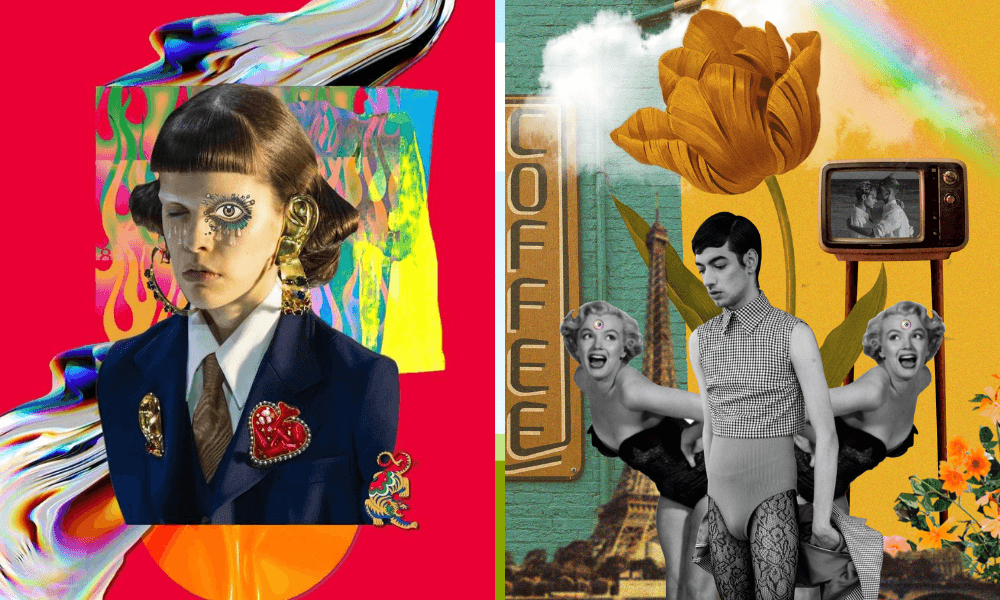
Menu

The Dada movement, one of the most radical and influential art movements of the 20th century, was born in Zurich, Switzerland during the chaos of World War I. It emerged in 1916 at Cabaret Voltaire, a small nightclub opened by Hugo Ball and Emmy Hennings, who were among a group of artists, poets, and intellectuals seeking refuge in neutral Switzerland. Disillusioned by the war and the values that led to it, these artists rejected traditional aesthetics, logic, and nationalism—giving rise to what they called “Dada.”
The term Dada itself was chosen at random, reflecting the movement’s core principle of absurdity. Dada was not a style but an anti-art philosophy, using nonsense, satire, and provocation to challenge the meaning of art and society. It combined poetry, performance, collage, sound art, and visual chaos to reflect the irrational state of the world.
Artists like Tristan Tzara, Hans Arp, Marcel Janco, and Richard Huelsenbeck contributed to the movement with bold manifestos, spontaneous performances, and fragmented artworks. Their events at Cabaret Voltaire featured wild sound poetry, abstract masks, and chaotic recitations meant to confuse and shock audiences—deliberately pushing against conventional artistic norms.
Zurich’s role as the birthplace of Dada is significant because it offered a space free from censorship and war, allowing these revolutionary ideas to take shape. Though the movement was short-lived in Zurich, it quickly spread to Berlin, Paris, and New York, laying the groundwork for future avant-garde styles like Surrealism, Fluxus, and Conceptual Art.
Today, Cabaret Voltaire stands as a museum and cultural space, preserving Dada’s rebellious spirit.



